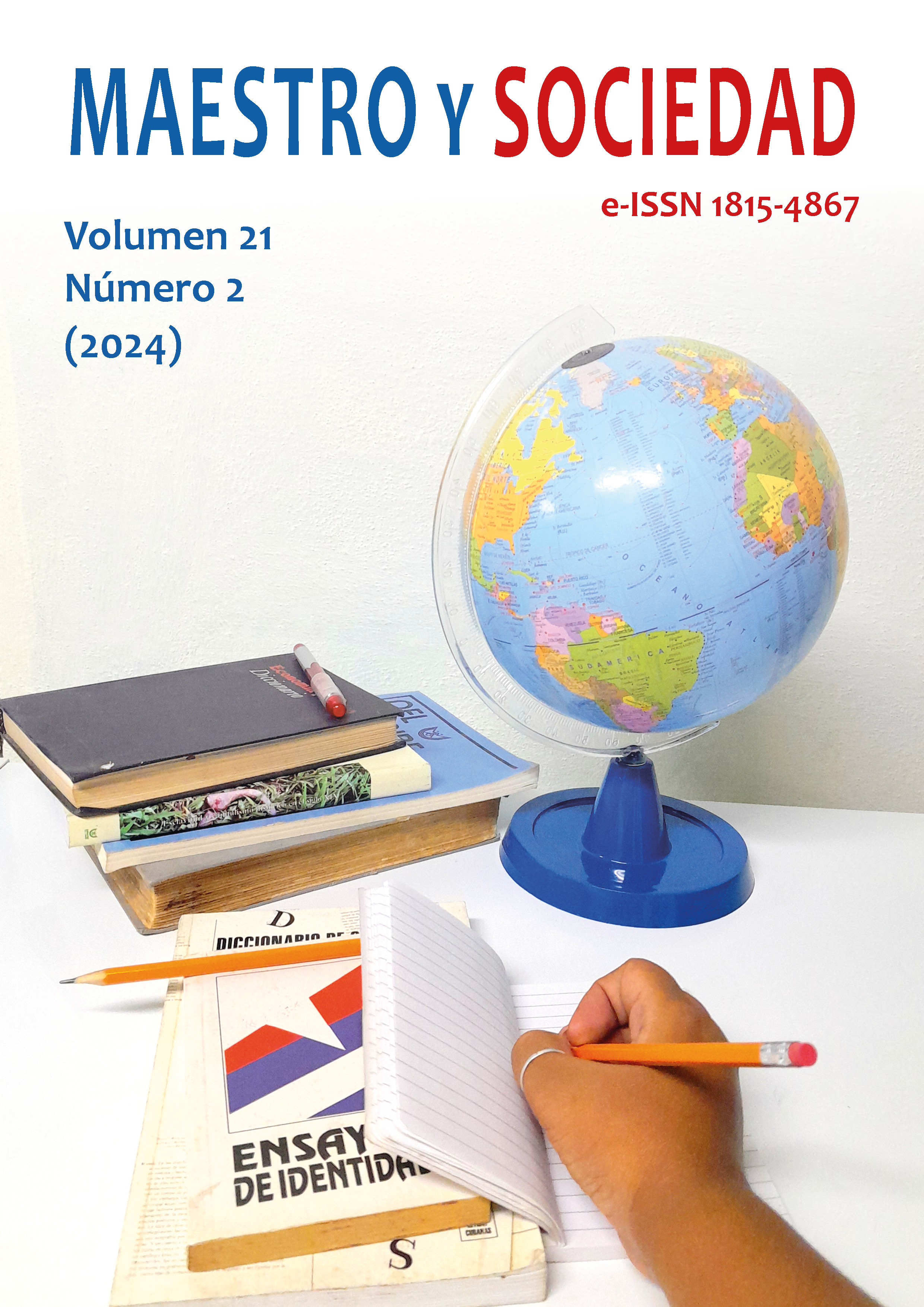Análisis granulométrico y morfológico del aserrín de cinco especies forestales de Pucallpa y su densificación para la obtención de briquetas
Palabras clave:
Aserrín, granulometría, morfología, densidad básica, contenido de humead, compresión perpendicular y poder calórico superiorResumen
Introducción: El objetivo general fue caracterizar granulométrica y morfológicamente el aserrín de cinco especies forestales de Pucallpa y ver sus posibilidades de uso en la fabricación de briquetas. Los objetivos específicos, fueron determinar la composición granulométrica y morfológica del aserrín de cinco especies forestales; fabricar briquetas en función a las características granulométricas y morfológicas del aserrín y determinar las propiedades físicas y mecánicas de cada tipo de briquetas. Materiales y métodos: La investigación se ejecutó en el Laboratorio de Tecnología de la Madera de la Universidad Nacional de Ucayali (UNU), en el distrito de Callería, provincia de Coronel Portillo, región de Ucayali. Las briquetas de aserrín de las especies de Lupuna blanca y Cumala resultaron las más livianas con 0.538 - 0.572 g/cm³ respectivamente, las de Copaiba blanca, Capirona y Shihuahuaco con 0.644, 0.667 - 0.708 g/cm³. Resultados: En ell contenido de humedad (CH) las briquetas de aserrín de Lupuna blanca presentaron 20.48 %, la de Cumala presentó un 16.01 %, de la Copaiba blanca un 13.12 %, de la Capirona presento 11.73 % y la de Shihuahuaco presento 9.65 %. Discusión: Las briquetas de aserrín de las especies Lupuna blanca y la Capirona tuvieron bajo valor del MOR en la compresión paralelo al eje longitudinal, la de Shihuahuaco un valor medio a diferencia de las especies de Cumala y Copaba blanca presentaron alto valor del MOR. Conclusiones: También se encontró diferencias significativas entre el poder calórico de las briquetas de aserrín de cinco especies.
Citas
Aristegui, A. (1982). Recopilación y análisis de estudios tecnológicos de maderas peruanas. PNUD/FAO/PER/ 81/002
CUBASOLAR. (s.f.). Combustibles sólidos de baja densidad. La densificación de la biomasa: briquetas, pellets, pacas (Segunda parte). http://www.cubasolar.cu/biblioteca/energia/Energia13/HTML/articulo03.htm - 14k -
EMBACUBA. (s.f.). Cuba y la UNESCO > Ciencia > PO: Energía XXI. Ministerio de Relaciones Exteriores de la República de Cuba. http//embacuba.cubaminrex.cu/Default.aspx?tabid=5682 - 44k
Francisco, M. (2013). Función de la humedad en las briquetas de aserrín. En línea con www.tareafacil.com.ar.
Krumbein, W. & Sloss, L. (1963). Stratigraphy and Sedimentation. W. H. Freeman and Co.
Martins, H. (1990). Uso de Madeira para fines energético. Belo Horizonte.
NTP. (1980). Norma Técnica Nacional. Método de determinación del contenido de humedad. Norma 251.010. Perú.
Ortiz, L. (2012). Densidades de diferentes materiales orgánicos. www.monografias.com.
Ortiz, L., Tejada, A., Vásquez, A. y Piñeiro, G. (1994). Aprovechamiento de la biomasa forestal producida por la cadena Monte-Industria de Galicia. (PROFIT) del Ministerio de Ciencia y tecnología. Revista CIS-Madera, 17-32. http www.cismadera.com/galego/downloads/biomasa3.pdf
Sibille, A. M. (2006). Guía de procesamiento industrial LKTS, Perú. Guía de procesamiento de especies de madera alternativas. https://issuu.com/raul.dance22/docs/gu_a_de_procesamiento_industrial_especies_forestal
Universidad de Valladolid. (2012). Utilización energética de la biomasa en línea. https://alojamientos.uva.es/guia_docente/uploads/2012/428/51973/1/documento3.pdf
Descargas
Publicado
Cómo citar
Número
Sección
Licencia
Derechos de autor 2024 Manuel Iván Salvador Cárdenas, Herbert Oldemar Valerio Requiz, Lenin Vladimir Vargas Villa, Isaías Alberto Salinas Andrade, Edwin Tayson Fernández Ruiz

Esta obra está bajo una licencia internacional Creative Commons Atribución-NoComercial-SinDerivadas 4.0.
Esta revista proporciona un acceso abierto inmediato a su contenido, basado en el principio de que ofrecer al público un acceso libre a las investigaciones ayuda a un mayor intercambio global de conocimiento. Cada autor es responsable del contenido de cada uno de sus artículos. Los artículos pueden ser inéditos o estar disponibles previamente en servidores de preprints reconocidos por la revista. Sin embargo, no se permite la duplicación de la publicación o traducción de un artículo ya publicado en otra revista o como capítulo de un libro.
This journal provides immediate open access to its content, based on the principle that providing the public with free access to research supports a greater global exchange of knowledge. Each author is responsible for the content of each of their articles. Articles may be previously unpublished or available on preprint servers recognized by the journal. However, duplication of publication or translation of an article already published in another journal or as a book chapter is not permitted.
Esta revista oferece acesso aberto imediato ao seu conteúdo, com base no princípio de que oferecer ao público acesso gratuito à pesquisa contribui para um maior intercâmbio global de conhecimento. Cada autor é responsável pelo conteúdo de cada um de seus artigos. Os artigos poderão ser inéditos ou estar previamente disponíveis em servidores de preprints reconhecidos pela revista. No entanto, não é permitida a duplicação de publicação ou tradução de artigo já publicado em outro periódico ou como capítulo de livro.



























 Universidad de Oriente
Universidad de Oriente 